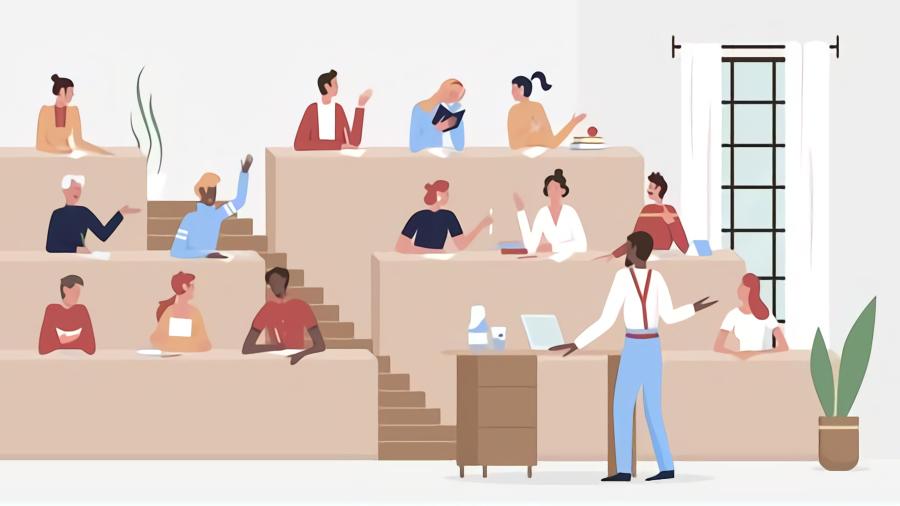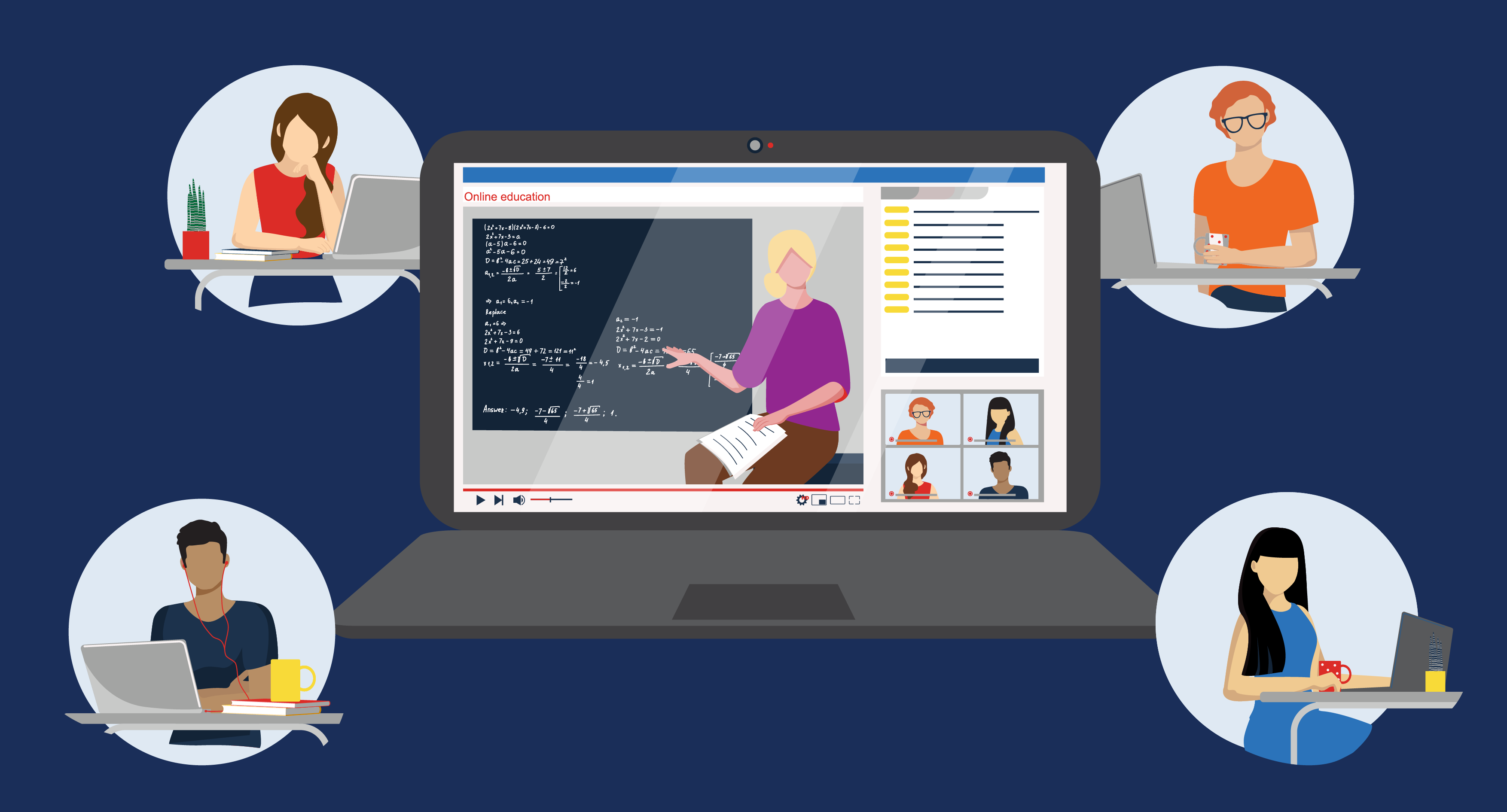CEILS Teaching Guides
Supporting your curricular and teaching development towards greater diversity, equity, inclusion, and justice in our UCLA Life and Physical Sciences classrooms.
The following guides offer a deep dive into the evidence-based best practices for course design and teaching with resources and guidance developed and/or curated by our team at the Center for Education and Innovations in the Sciences. We will continue to update each guide over time, so please contact us at media@ceils.ucla.edu with feedback or resources to share with our community of instructors.
For more resources, please view our OnDemand Teaching & Learning Library here.





















